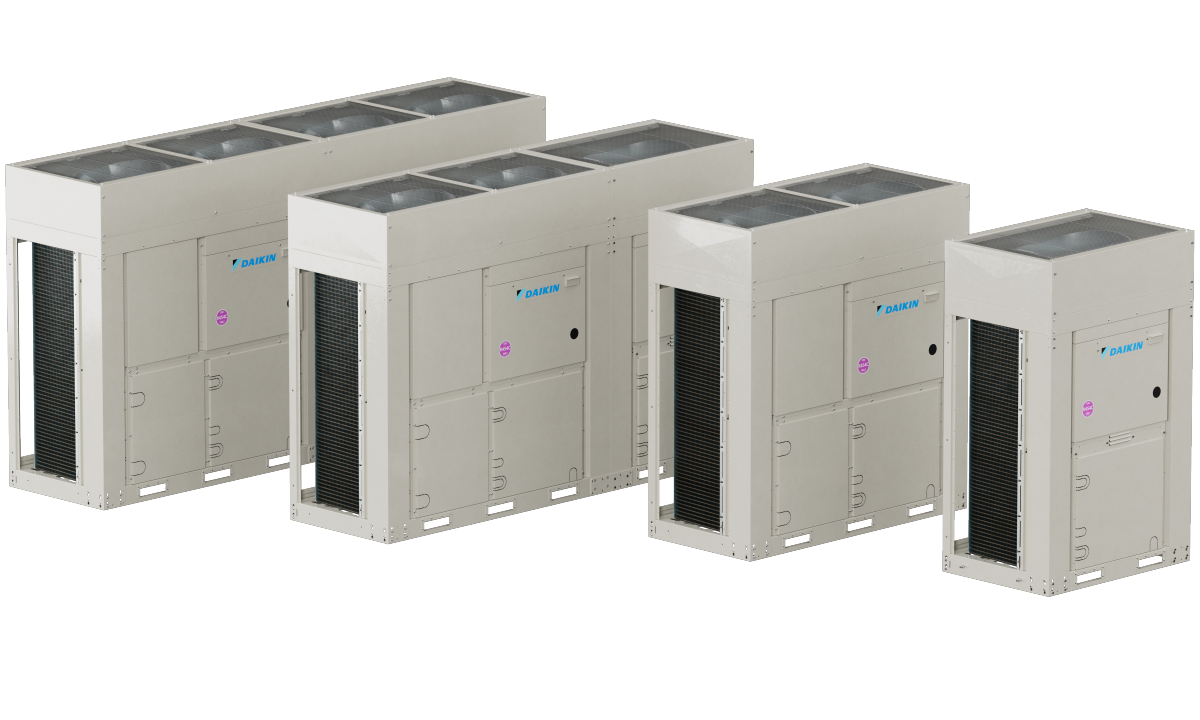All major players in politics and business are uncomfortable with the fact that we are currently almost 100% dependent on imports in key elements of the PV value chain, mainly from China or from Chinese-dominated companies in Southeast Asia. Add to that recent developments in both the United States and Europe that seek to eliminate imports of goods suspected of being produced by ‘forced labor,' slave-like labor conditions. The carbon footprint of imported goods is also to be considered in the future, through an offset levy. In addition, there are geostrategic considerations, especially after our surprising experience with the Russian invasion of Ukraine, that we should not rely on the security of imports from authoritarian and politically aggressive countries.
Therefore, it is becoming increasingly clear that there is great interest in covering the value chain of critically important products, such as PV modules and wind generators, at least in part by domestic production.
I will focus on the case of PV modules in the following opinion piece, although many arguments can be applied to the wind energy sector as well.
The prices for PV modules on the global market have again dropped drastically in the last month. Prices as low as $0.08/W are recorded today, although many studies show that even in China the pure production costs for good c-Si modules are likely to be at least $0.20/W. However, it is surely wrong to call all these fire sales ‘price dumping’ as they are less likely to be the product of a particularly devious policy to eliminate competition. They could also be simply the result of large volumes of overproduction, especially given US import barriers on PV modules which are suspected to include parts made with ‘forced labor'.
At the same time, we are witnessing an attempt to revive domestic PV production in Europe. It is inspired by industry associations European Solar Manufacturing Council (ESMC) and SPE. With the support of the EU Commission, a European Solar Industry Alliance (ESIA) has been formed, uniting about 10 serious projects to rebuild the European solar industry's entire value chain. This spans silicon feedstock to wafers, cells, and modules, including the required glass industry, as well as the necessary power electronics.
There are two basic challenges for this renaissance, which can be identified by the cap-ex and op-ex costs.
As cap-ex, we refer to the capital required to rebuild this industry. Such contributions from local, national, and European sources are known and essential for the establishment of many high-tech production facilities. In individual cases, the European competition rules have to be checked, and exceptions have to be declared. For example, by declaring certain technologies as ‘Important Projects of Common European Interest' IPCEI. Such considerations are underway at many levels, and we can expect to see attractive offers for the location of PV production in various regions of the EU next year.
The situation with op-ex support is more difficult: Even if the cap-ex costs would be covered 100% by public funds, these new industries fail, if their products cannot be sold on the market, in view of the low-price products from Asia, some of which offered even below manufacturing costs. To solve this problem, it is worth considering op-ex subsidies and premiums for domestic products, and a wide variety of ideas are currently moving in this direction. But they have two drawbacks: First, they are a burden on government budgets, which already must support cap-ex costs, and second, it is difficult to predict what level of premiums and subsidies will create a true level playing field in the market. Border taxes such as tariffs generate revenue for the states, but make PV technology more expensive, the cost of which has just in the last years been brought down to the current, attractive cost level by our outstanding technological advances of the last decades.
In recent decades, however, a successful tool has been developed in the US that may prove to be effective in this situation: When promoting the introduction of renewable energies in the US was needed, in many states the utilities were legally obliged by ‘Renewable Energy Portfolio Standards,' (REPs), to provide a certain, annually increasing share of their electricity generation from renewable energies, with clearly defined penalties for non-compliance. As a result, even conservative power producers suddenly became active in the RE market, to ensure that they had the legally required amount of RE in their power mix in subsequent years.
Therefore, in our case, it seems obvious to propose imposing ‘Domestic Renewable Energy Production Standards' on the large installers, which can be easily adapted to the EU Commission's stated goal of providing 40% of domestic PV installations from domestic production by 2030. Such a ‘DREP standard' could, for example, require 10% of installations to be domestically produced by 2026: A large installer would know that in 2026 they can install 10 times the amount of domestic PV modules they could contract for as their total sales. By 2030, the DREP should then grow to 40% in a predictable way, also with clear penalties for falling below the DREP standards. Such a proposal might create problems with rules of the World Trade Organization WTO, but similar problems would arise anyway, if domestic production is supported by direct premiums.
This proposal has several distinct advantages: It does not require €1 of government support payments, it is completely transparent and predictable, and even if at the beginning domestic production should be significantly more expensive than imported modules, this has little impact on the average price, since the share of domestic production is small at the beginning. By 2030, it can be expected that the price differential between domestic multi-GW PV production and imported production should have become small. At some point after 2030, it will certainly be possible to then eliminate this standard.
The demand for domestic PV production would grow by leaps and bounds after the introduction of these DREP standards, but still of course would not stop competition within domestic production.
This model is essentially the same as those already proposed by the ESMC and others for the implementation of the EU Commission's 40% target for 2030. What is new, however, is the realization that this kind of support has already helped us with the introduction of renewable energies, which were expensive at the time, and can now provide us with valuable services again in this decade.
The views and opinions expressed in this article are the author’s own, and do not necessarily reflect those held by pv magazine.
This content is protected by copyright and may not be reused. If you want to cooperate with us and would like to reuse some of our content, please contact: editors@pv-magazine.com.



2 comments
By submitting this form you agree to pv magazine using your data for the purposes of publishing your comment.
Your personal data will only be disclosed or otherwise transmitted to third parties for the purposes of spam filtering or if this is necessary for technical maintenance of the website. Any other transfer to third parties will not take place unless this is justified on the basis of applicable data protection regulations or if pv magazine is legally obliged to do so.
You may revoke this consent at any time with effect for the future, in which case your personal data will be deleted immediately. Otherwise, your data will be deleted if pv magazine has processed your request or the purpose of data storage is fulfilled.
Further information on data privacy can be found in our Data Protection Policy.